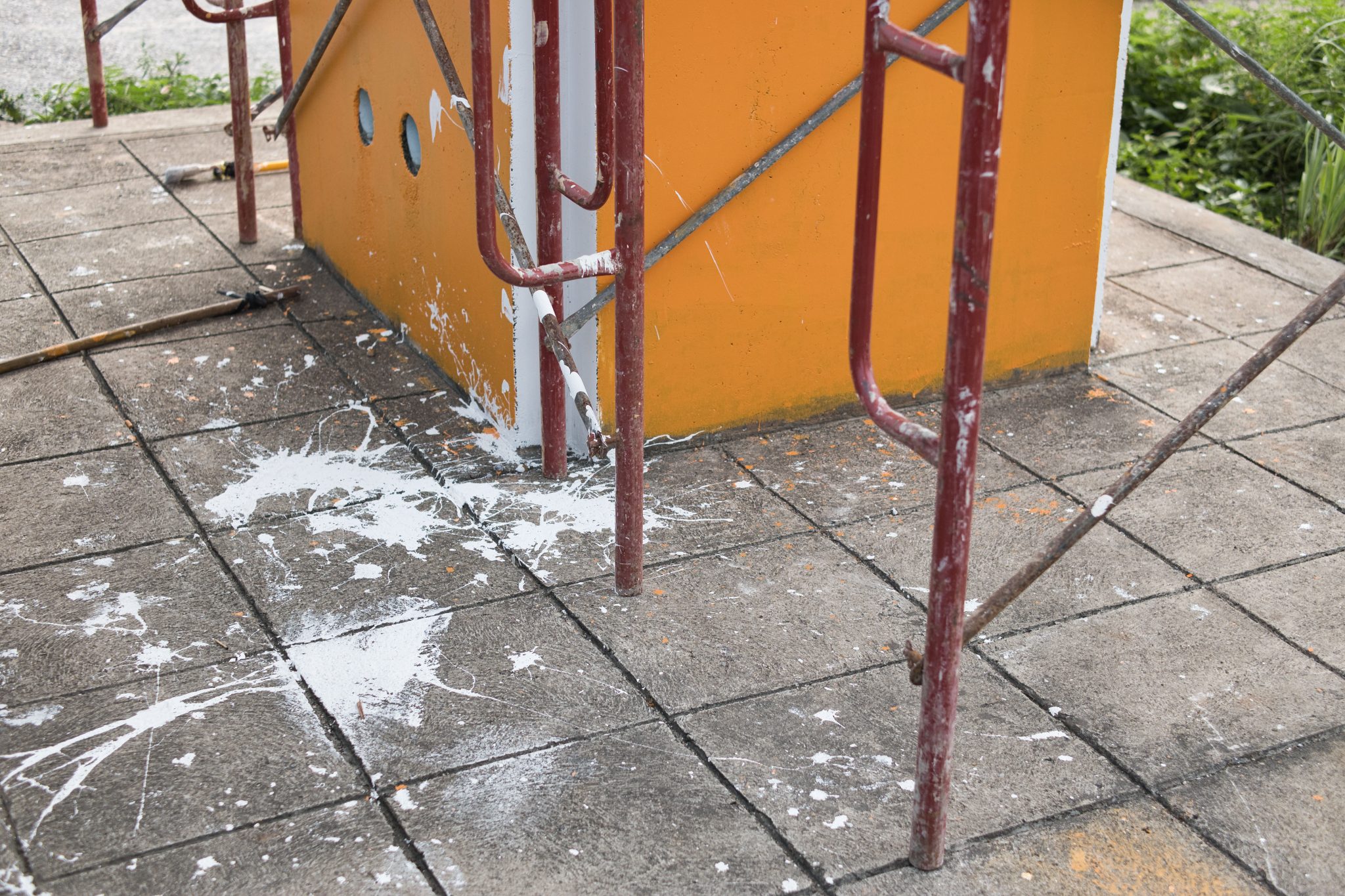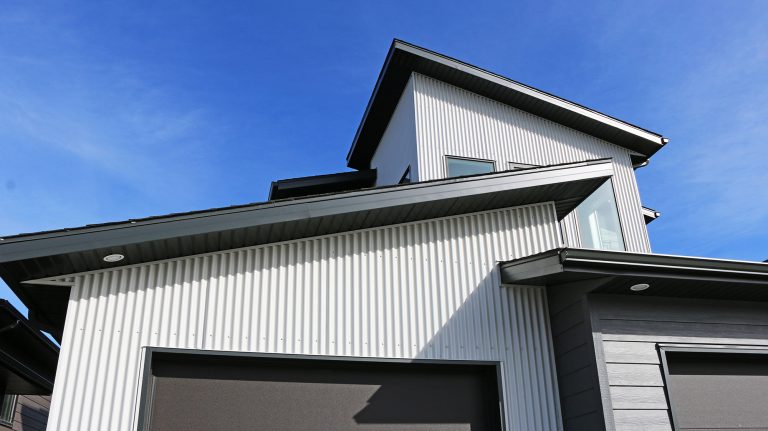
Concrete is a strong, durable surface found in driveways, patios, garages, and sidewalks—but when paint spills on it, it can quickly turn into an eyesore. Whether it’s latex, oil-based, or spray paint, removing dried paint from concrete can be a challenge. Fortunately, with the right technique, pressure washing can help lift paint spills efficiently and safely.
In this guide, we’ll walk through how to remove paint from concrete using a pressure washer, including when to use extra tools or chemicals to get the job done right. 🧽🚿
🧠 Why Pressure Washing Works (But Has Limits)
Concrete is porous. Paint tends to soak into the surface, making it more stubborn than paint on smooth surfaces like metal or wood. A pressure washer delivers enough force to break the bond between paint and concrete—but only if you:
- Use the right nozzle and pressure setting
- Pre-treat the area with the correct cleaning solution
- Know when to add scraping or chemical strippers to assist
Done properly, pressure washing can restore your concrete with minimal effort. Done incorrectly, you could etch the surface or spread paint residue further. ❌
🧰 What You’ll Need
- Pressure washer (2,000–3,000 PSI recommended)
- 15° (yellow) nozzle for tough stains
- 25° (green) nozzle for sensitive areas
- Scraper or putty knife
- Paint stripper or remover (concrete-safe)
- Degreaser (optional for oil-based paint)
- Bucket and scrub brush
- Protective gear: gloves, goggles, boots
- Absorbent pads or shop towels
- Trash bags for disposal
⚠️ Always test chemicals in a small, inconspicuous area before applying widely.
Browse Amazon Here For Top Rated Power Washers And Accessories
🛠️ Step-by-Step: How to Pressure Wash Paint Off Concrete
1️⃣ Identify the Type of Paint
Before you do anything:
- Latex paint (water-based): Easier to remove
- Oil-based paint: Tougher—often needs a stripper or degreaser
- Spray paint: Usually thin but sticks fast
Knowing what you’re dealing with helps choose the best method.
2️⃣ Clear and Protect the Area
- Move furniture, planters, or vehicles out of the way
- Cover surrounding walls or windows with plastic sheeting
- Sweep or blow away loose debris around the spill
You don’t want paint chips flying into your garden or sticking to your siding!
3️⃣ Scrape Off Excess Paint
Use a putty knife or scraper to remove any thick or peeling paint:
- This reduces the amount of pressure and time needed later
- Dispose of flakes in a sealed trash bag to prevent runoff
🧼 Pro Tip: Heat guns can soften old paint for easier scraping if needed.
4️⃣ Apply Paint Remover or Degreaser
For stubborn or oil-based paint spills:
- Choose a concrete-safe paint stripper
- Apply liberally with a brush or sprayer
- Let sit for 15–30 minutes (or per product instructions)
- For oil-based paints, use a degreaser before pressure washing
This step helps break the bond between paint and concrete pores.
5️⃣ Scrub the Surface
Using a stiff-bristle brush and a bucket of water:
- Scrub the treated area to loosen softened paint
- Avoid metal brushes—they may scratch or gouge the concrete
- Rinse with water before pressure washing
6️⃣ Begin Pressure Washing
Attach a 15° nozzle for tough paint or a 25° nozzle for light overspray:
- Start 2–3 feet away from the surface and move closer gradually
- Spray in slow, even strokes
- Work from outside the spill toward the center to avoid spreading
- Repeat passes as needed
🧽 For especially tough spots, alternate between scrubbing and pressure washing.
7️⃣ Rinse Thoroughly
Once the paint is lifted:
- Switch to a wider nozzle (40°) for rinsing
- Rinse until all chemical residue is gone
- Dry with a mop or towels to check for remaining paint stains
🧪 Optional: Eco-Friendly Paint Removal
If you’re trying to avoid harsh chemicals:
- Use a vinegar and water mix (1:1) on latex paint
- Apply baking soda paste to small spills and scrub
- Use biodegradable cleaners labeled safe for concrete
These may take longer but are better for surrounding lawns or plants 🌿
❌ What Not to Do
- ❌ Don’t use muriatic acid—it’s corrosive and can etch the concrete
- ❌ Don’t use a 0° nozzle (red tip)—it can gouge the surface
- ❌ Don’t let paint chips wash into storm drains
- ❌ Don’t mix chemicals without checking compatibility first
🧼 Aftercare: Protecting Clean Concrete
Once clean, consider:
- Sealing the concrete with a penetrating sealer
- Keeping the area clear of paint products in the future
- Placing tarps or drop cloths before any future painting projects 🎨🛡️
🗓️ When Should You Re-Clean?
| Situation | Suggested Cleaning |
|---|---|
| Fresh paint spill | ASAP—before it dries |
| Dried latex paint | Within 48 hours is ideal |
| Dried oil-based paint | May require multiple treatments |
| Sealed concrete | Easier to clean if maintained annually |
💬 Final Thoughts
Pressure washing can be your best ally when tackling paint spills on concrete—but only when paired with smart prep work and the right cleaning products. Whether you’re cleaning up a DIY mishap or restoring a garage floor, a combination of scraping, safe chemicals, and low-angle pressure can get the job done without harming the surface.
Just remember: be patient, protect your surroundings, and don’t rush the process. Your concrete will thank you. 🎨🧼🚿
Browse Amazon Here For Top Rated Power Washers And Accessories



